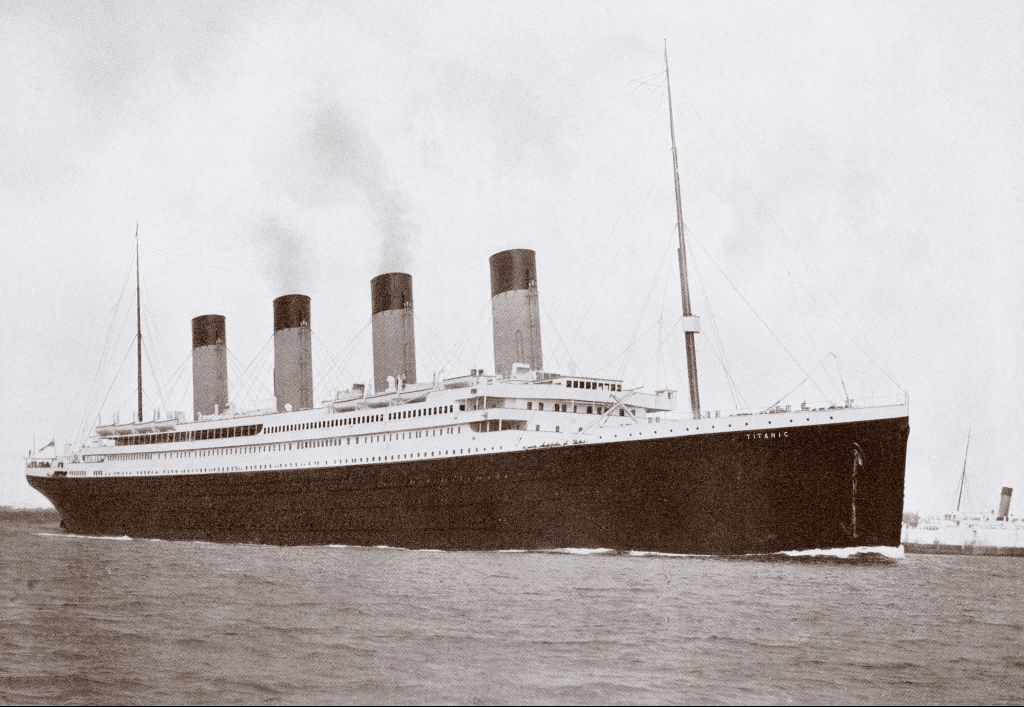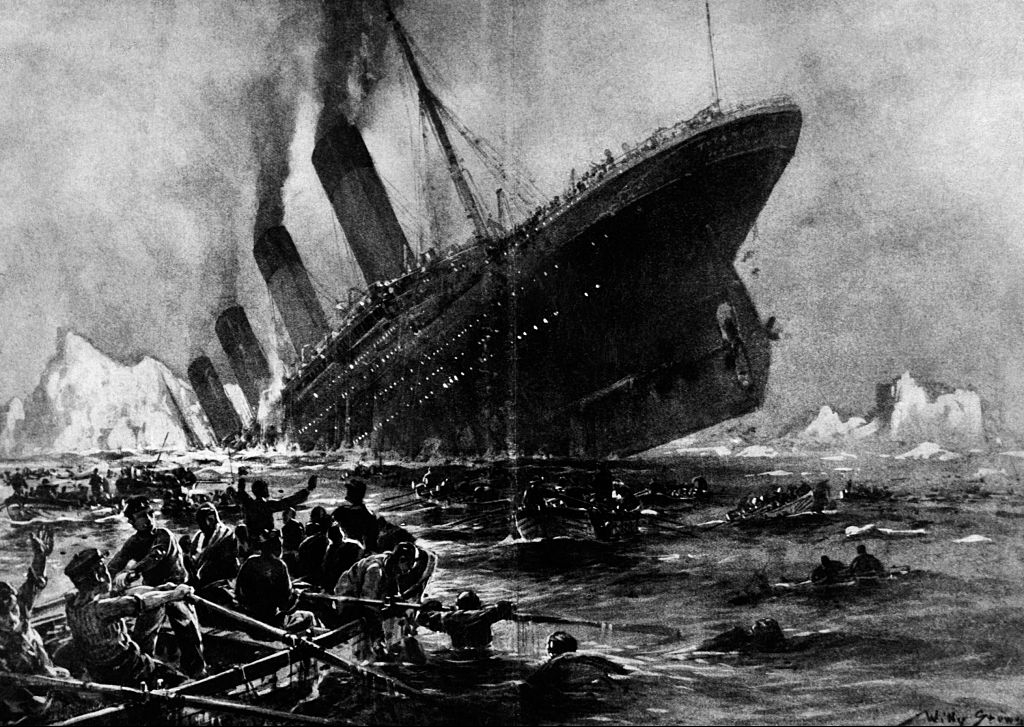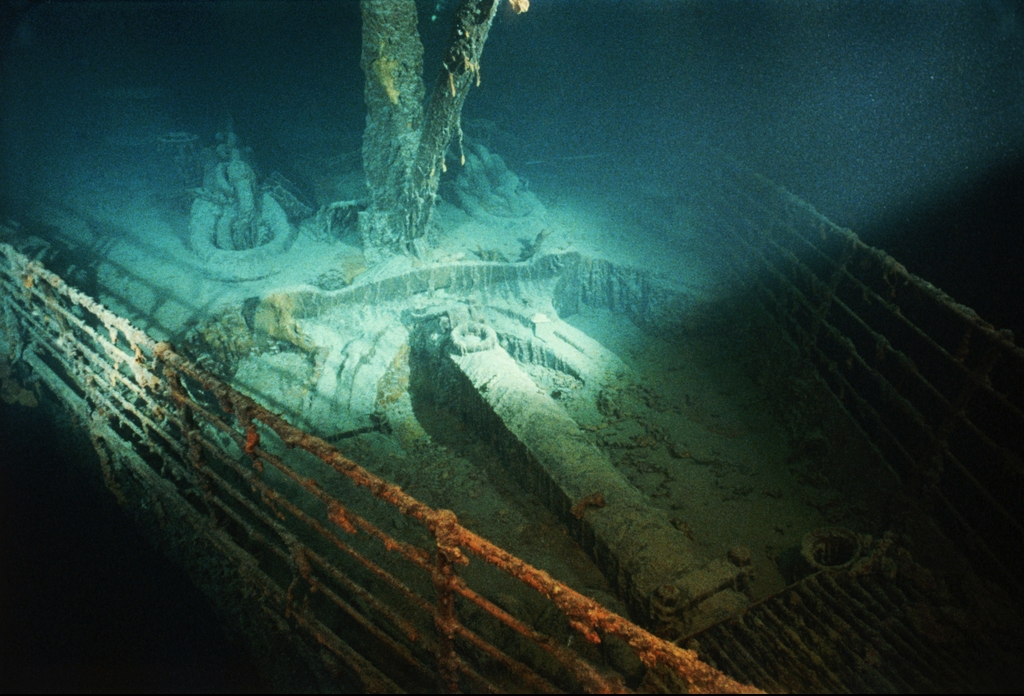The Titanic sank over a century ago, and an expert has now revealed why the bodies of those who died were never recovered.
As you probably know, the Titanic struck an iceberg in the North Atlantic in April 1912 as it voyaged from the UK to the US.
The ship, which was originally dubbed unsinkable, sank into the icy waters during its maiden voyage with an estimated 2,224 on board.
More than 1500 people lost their lives during the tragedy, with the bodies of 1,160 of those never recovered.

But what happened to them?
James Delgado, a renowned maritime archaeologist and historian, who has explored the Titanic's wreckage firsthand, shared his insights with the Daily Mail, suggesting the possibility of "some semblance of human remains" still within the vessel's confines.
"Scientists think that could be a possibility, but this is a science we don't know much about, particularly in the deep ocean," he said.
While around 340 bodies wearing life jackets were recovered from the ocean's surface, the fate of the remaining 1,160 remains a mystery.

Delgado, reflecting on his expeditions to the Titanic's wreckage in 2000 and 2010, described it as a "very sobering and powerful place," noting poignant reminders of the lives lost, including pairs of shoes marking where passengers came to rest.
Despite extensive exploration efforts, including more than 30 dives by filmmaker James Cameron, who directed the 1997 blockbuster film, no human remains have been found within the Titanic's ruins.
Cameron told the New York Times: "We've seen clothing, we've seen shoes, we've seen pairs of shoes, which would strongly suggest there was a body there at one point, but we've never seen any human remains."
The wreck, lying approximately 13,000 feet beneath the ocean's surface, has likely seen any remaining traces of the deceased decompose or be consumed by marine life over the past century.

Forensic scientist Professor John Cassella emphasized the rapid degradation of bone in salty water, suggesting that while some human remains may still exist within the wreck, identifying them would be a tough challenge.
Professor Dame Sue Black, a forensic anthropologist, highlighted the destructive role of marine life in underwater environments, further complicating the search for human remnants.
While the Titanic's deteriorating state presents challenges to further exploration, Delgado stressed the importance of treating any remaining personal possessions with respect, advocating for their preservation in museums as opposed to trading them for personal gain.








